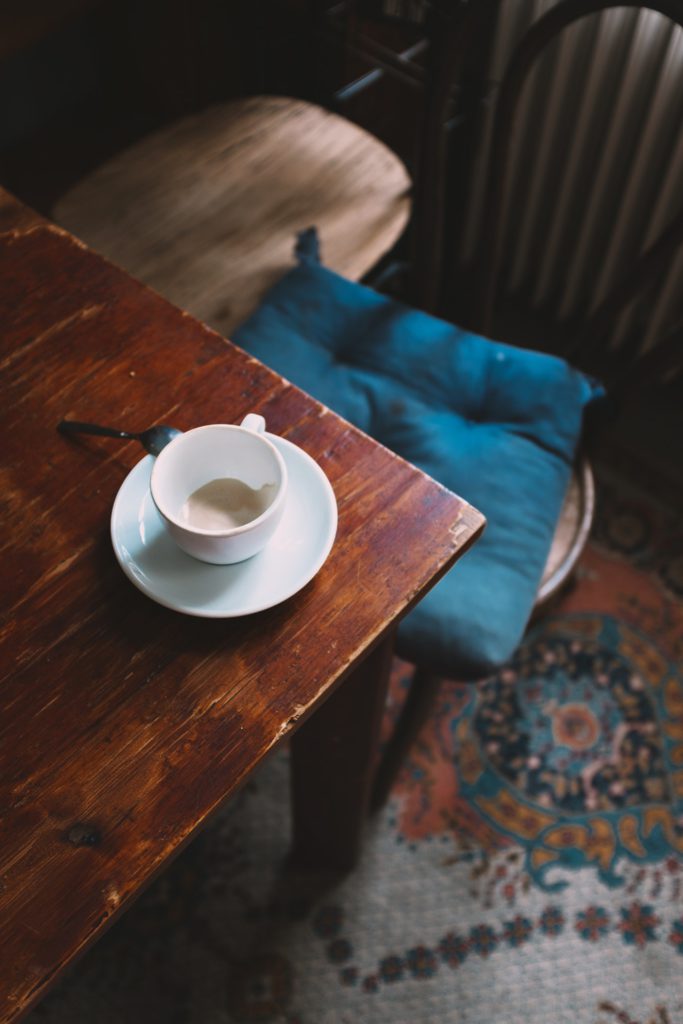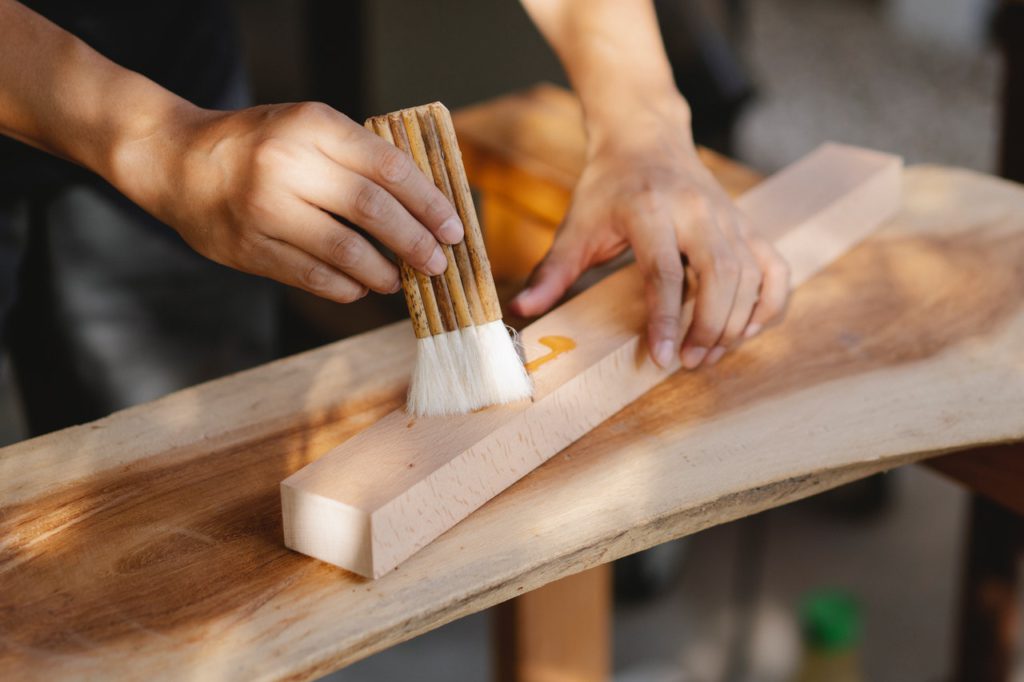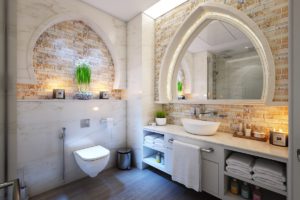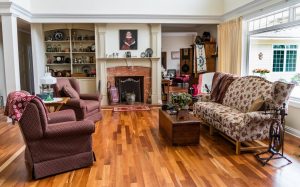Experts from the National Wood Flooring Association emphasize that the use of the right care products and hardwood finish protects and extends the life of the floor. If you want a durable hardwood floor coating, it can last up to 25 years with little maintenance, and if you have no idea what to do when installing wooden floors, ready-to-use surfaces such as alumina are a good choice. A natural oil finish penetrates like oiled hard wax, while oiled surfaces penetrate and harden the pores of the wood for a durable and long-lasting finish.
Different timber finishes have different ways to deal with. For oil-based surfaces, use a brush made of porcelain bristles on the edges and corners with an applicator made of lambswool on an open floor. Grind the floor with a base layer of wood wax on polyurethane as the wax layer will wear off and the floor will have stains and damage. Use a paint pad at the edges or corners to apply a water-based finish, or open the floor with applicators made of synthetic wool.
If you sand bare wood with 100-grain sandpaper, coating it with polyurethane to match the gloss of the existing surface, or using an oil-based polyurethane patch for an existing oil-based surface, or using a water-based poly to patch an existing water-based surface, it will work well. If a shellac finish is compatible with a contemporary finish, polyurethanes can be used instead of shellac finish, especially if you touch aged wooden floors with an existing shellac finish. Penetrating seals (also called hardwood finishes or oil-like tungsten or linseed oils) is a wonderful option for rustic or refurbished wooden floors.
Unlike most other hardwood floors, penetration oil does not leave a hard shell on the top of the wood, which is why the last layer of wax on top of the oil provides extra protection. Never use wax or petroleum-based products on the surface of the finished floor, as these may damage the surface. Floor Sealing Wax should only be applied when multiple layers are required to build depth.

In contrast to oiled polyurethane surfaces, water-based hardwood floors dry quickly and do not yellow over time. The absence of strong chemicals in these surfaces makes them odorless to use and provides a more natural appearance. The crème de la crème of hardwood floors is the acid-hardened surface also called Swedish Finish or Transformation Finish which is more durable than polyurethane.
As a popular timber finish for hardwood floors, water-based polyurethane offers a clearer surface than the traditional hardwood look. It also dries faster than hardwood floors, as shown by brush strokes and applicator marks. These are just some of the features that make it one of the most popular hardwood floors for homes.
One of the most popular types of flooring, polyurethane surfaces, also known as apolysa, are a staple in today’s hardwood flooring industry. Lacquer was first used for finishing wooden floors before polyurethane was introduced to the market. Today, most floor coverings consist of polyurethane-resistant, moisture-resistant, oil-based, water-based synthetic coatings.
Polyurethane flooring products have surpassed the use of venerable wooden surfaces. With the hardwood floors available, manufacturers have developed products that are less maintenance-intensive and durable than polyurethanes and have the aesthetic beauty of popular oil surfaces. Now that we have discussed the different uses and various surface variants, you can make a suitable choice for beautiful hardwood floors in your home.
Whether you are a solo builder planning to build a brand new home, a homeowner considering renovating a home, or a developer on a new construction project, don’t forget to properly consider the type of Timber floor finishes you are going to invest in. It does not matter that people are looking for a glossy, high-gloss finish or a slightly more matte wooden floor, a top coating offers many possibilities. It is best to coat hardwood floors with a certain finish or topcoat to protect them from scratches, scratches, and dirt and there are a few ways to do just that, which I will discuss below.
This includes the use of the right floor cleaner for the respective surface type. Solvent-based waxes, polishing pastes, and cleaning fluids from wax-treated wooden floors can be used. Natural wood flooring can be used in different climates, in areas with high humidity (kitchen, bathroom, browsing, and whitling) as well as in wax, hard-wax, and oil areas.
The only polyurethane screen is a non-penetrating plastic coating that sits on the floor and wears, scratches, and blunts the underlying wood, but does not stain or damage it. Flexible surfaces can be penetrated by substances such as oils, waxes, water-based polyurethanes, medium-flexible oils, or modified polyurethanes. When used on long hardwood surfaces, wax gives the floor a warm organic feel with a matte, slightly glossy finish that emphasizes the natural grain and color of the wood.
The outer shell protects your wooden floor from scratches, dirt caused by foot traffic, and your floor texture is the guardian of your hardwood. You can polish or grow the shellac, but if you have not applied any of the polyurethane surfaces to it or if you decide to change your floor coverings, you will need to strip it off. The correct finishing of your wooden floor preserves the aesthetics and protects the wood from dirt, scratches, scratches, and wear and tear caused by general wear and tear.
Factors such as changes in temperature and humidity can cause the wood to expand or shrink. So, while the condition of the soil does not prevent the wood from moving, it can reduce how strongly it reacts to climate change. Moisture-curing urethane is a durable floor coating that is harder than water and oil-based polyurethane. The cheapest and most modern version, which gives a warm shine, are the most popular wooden floors made of white oak and maple.



